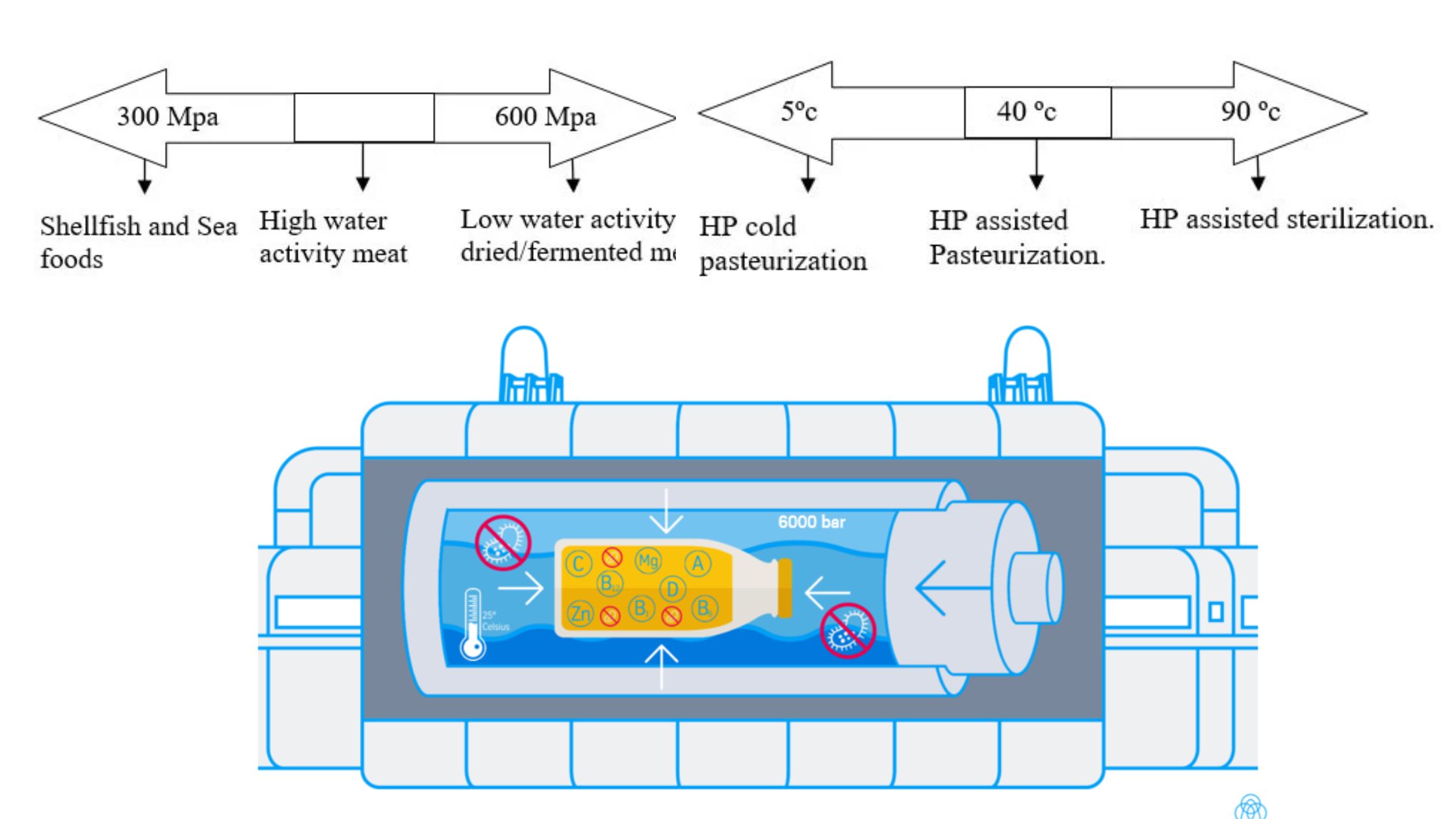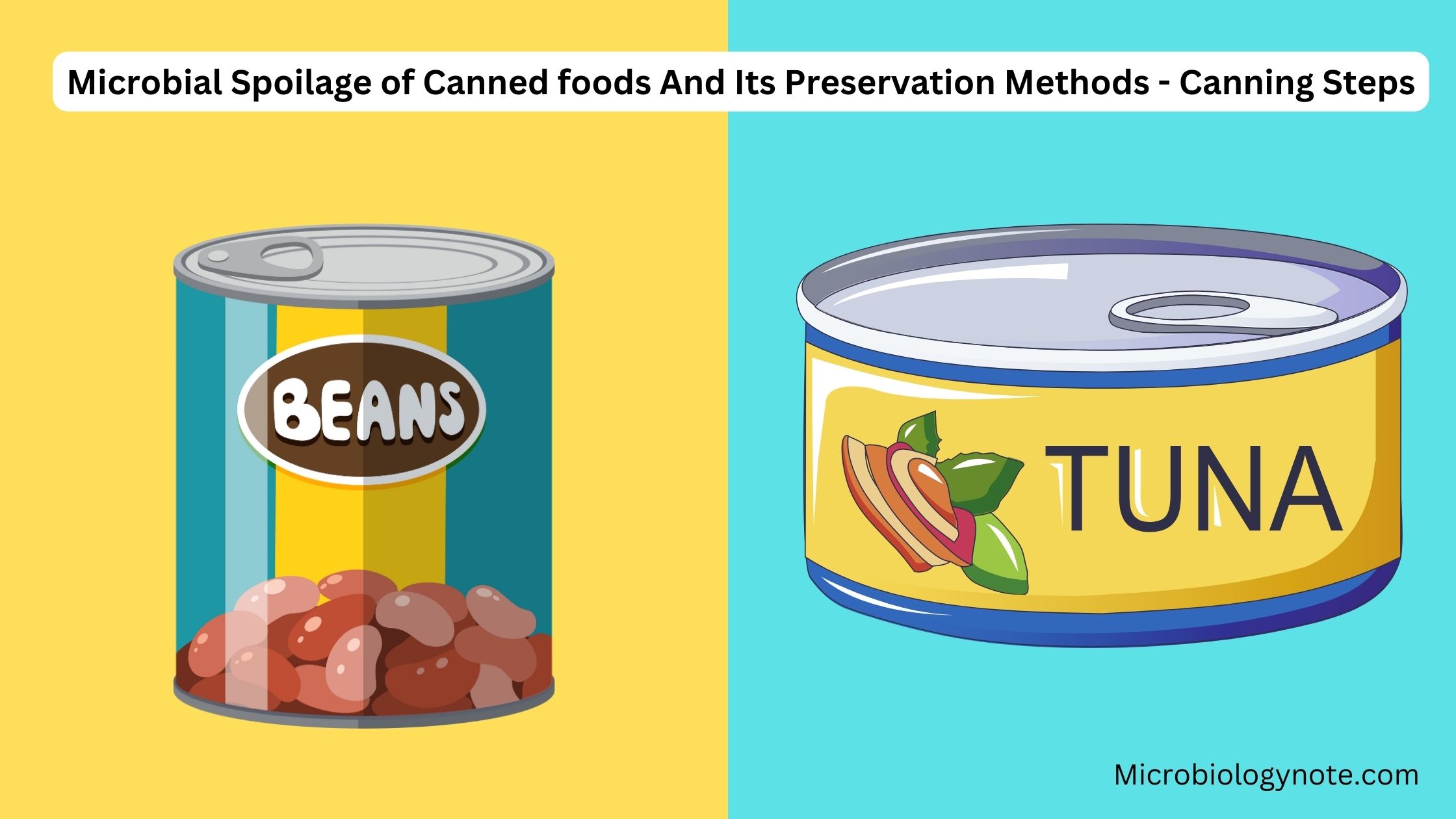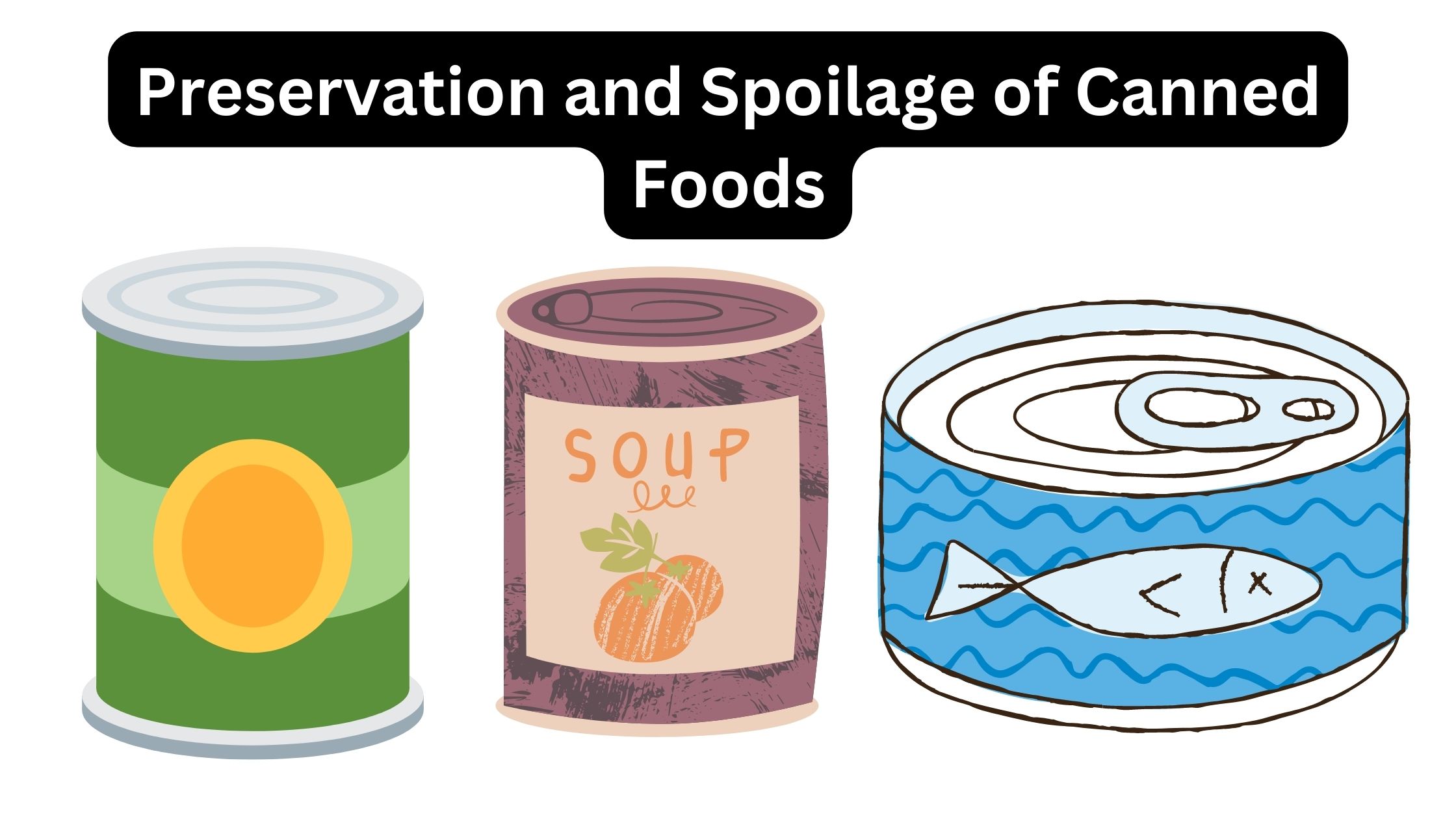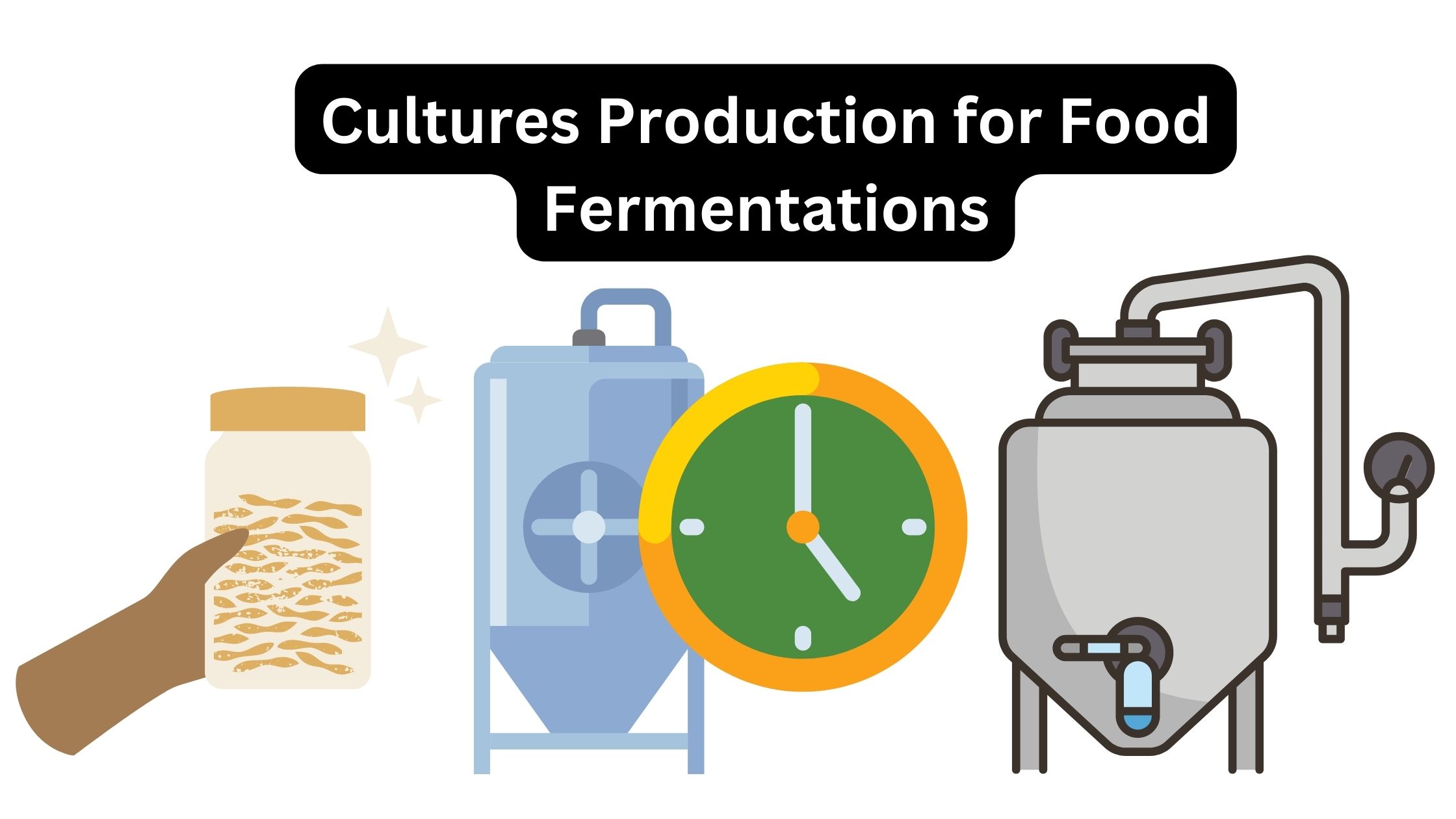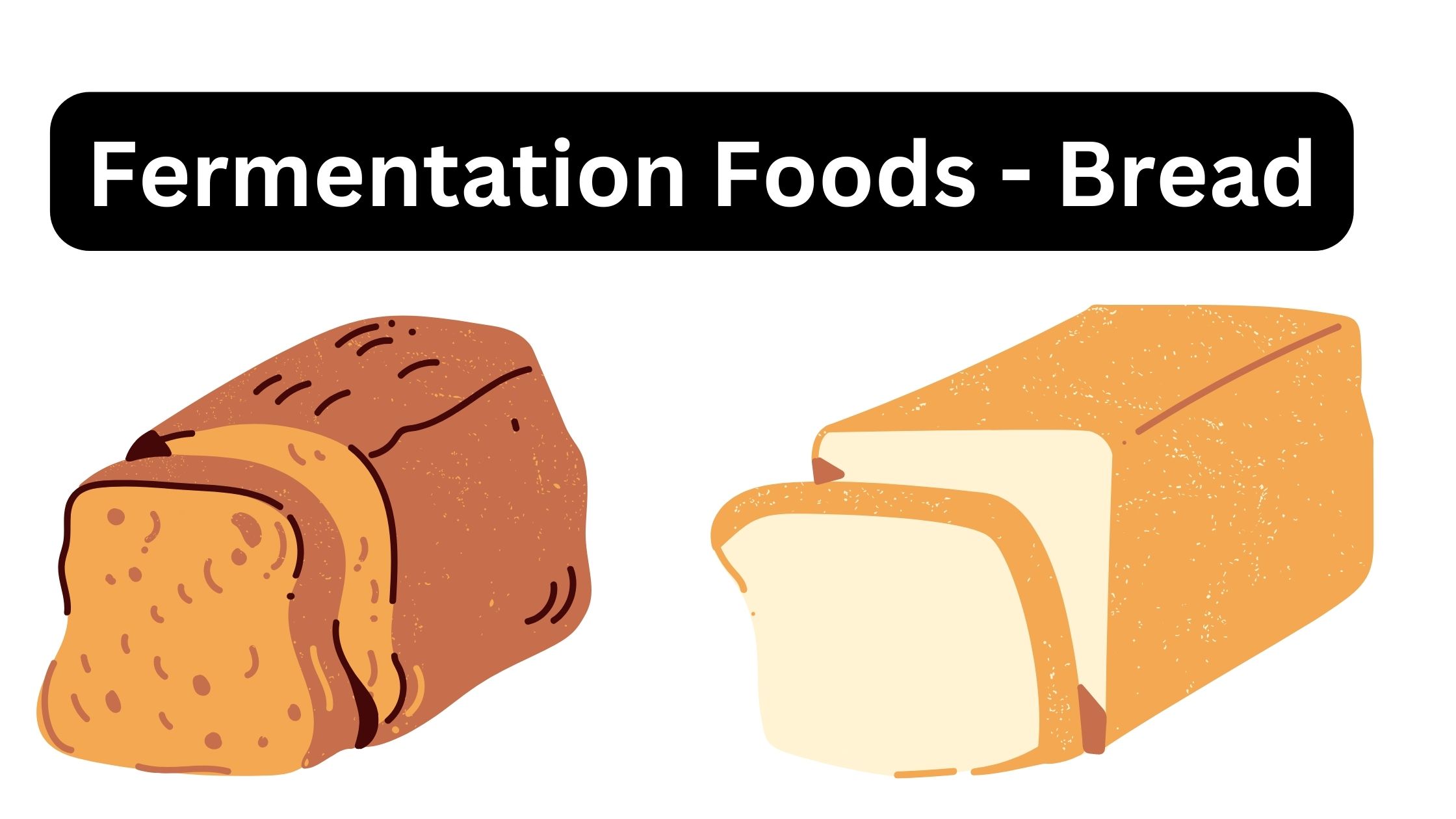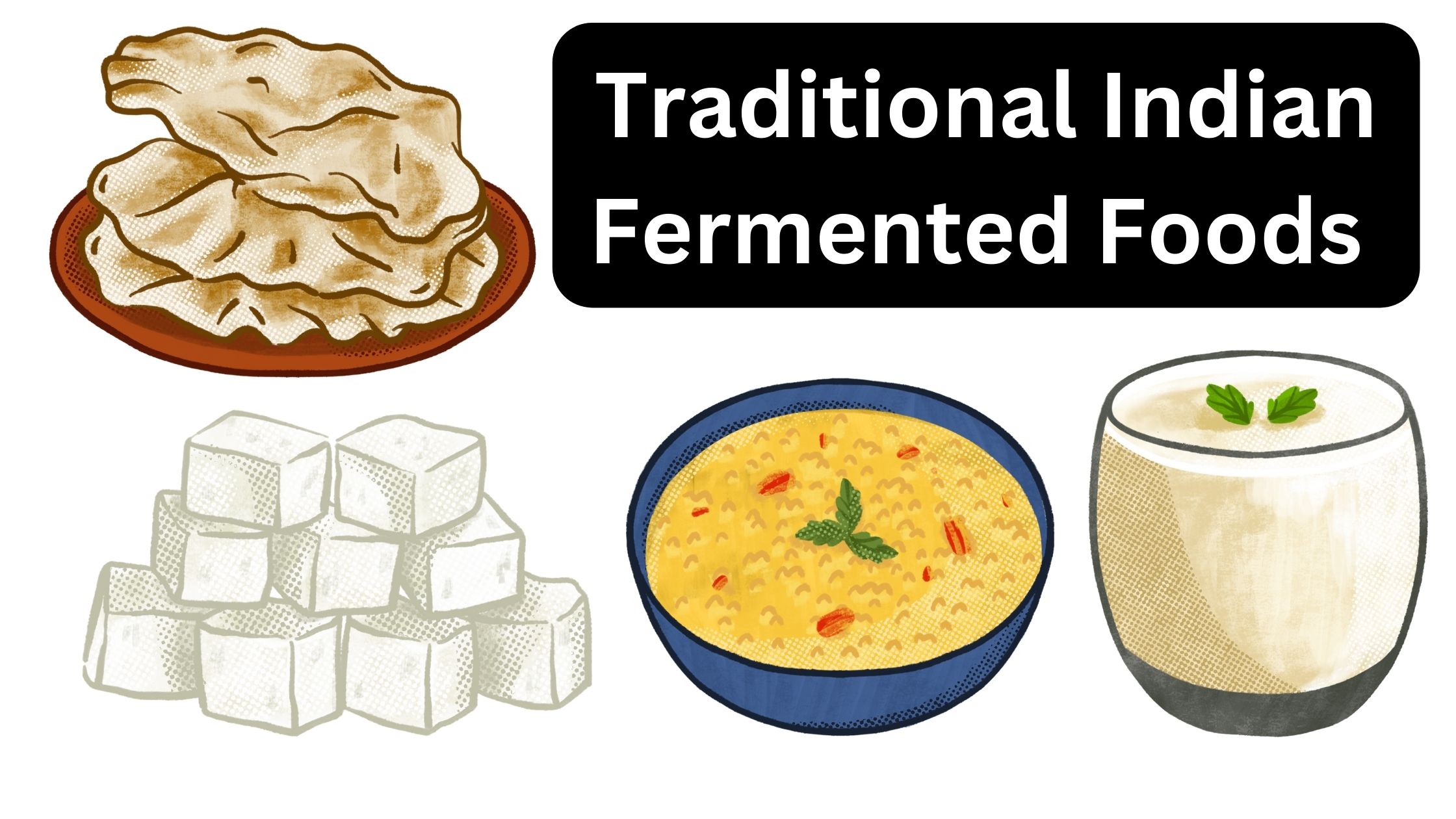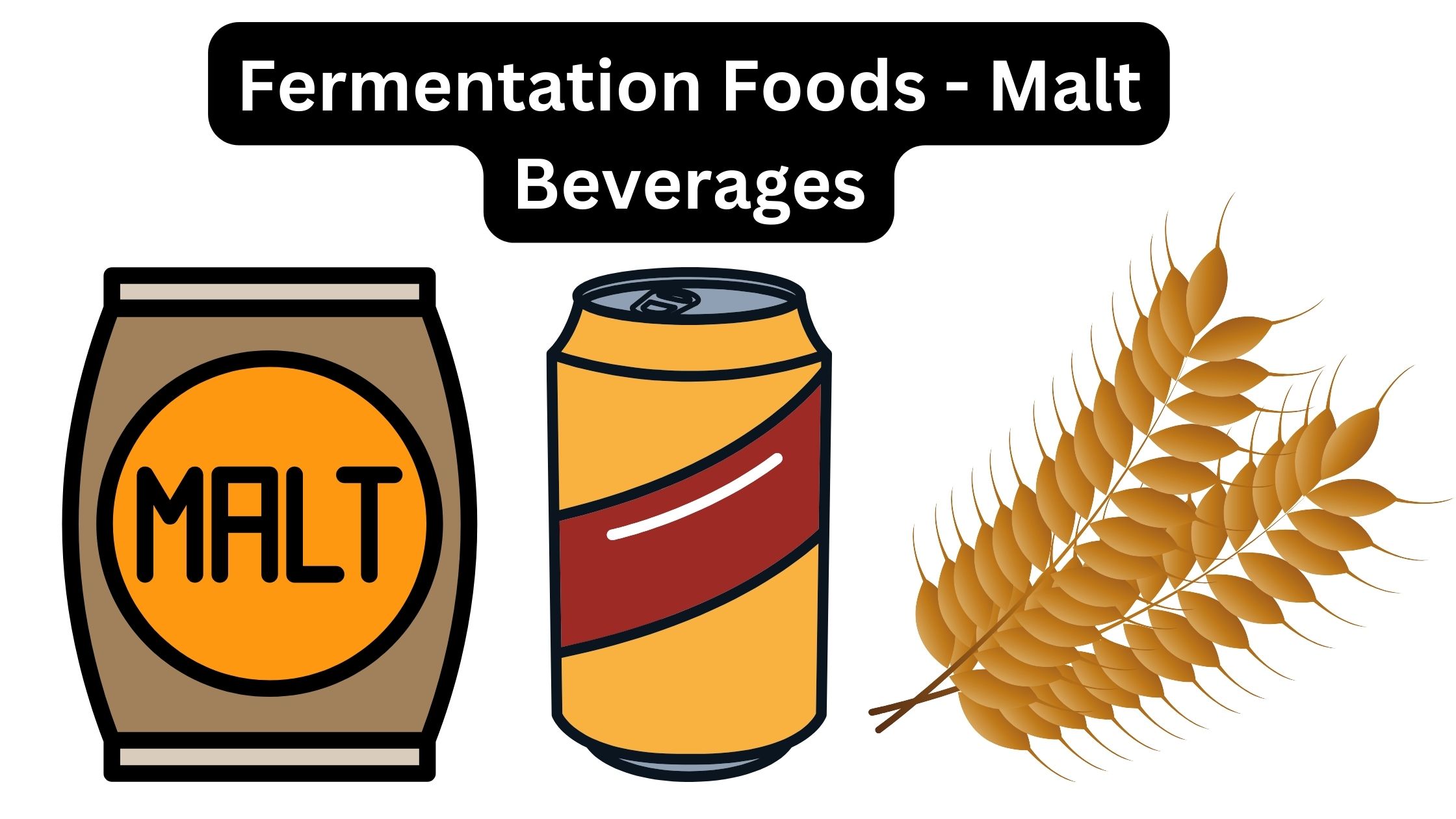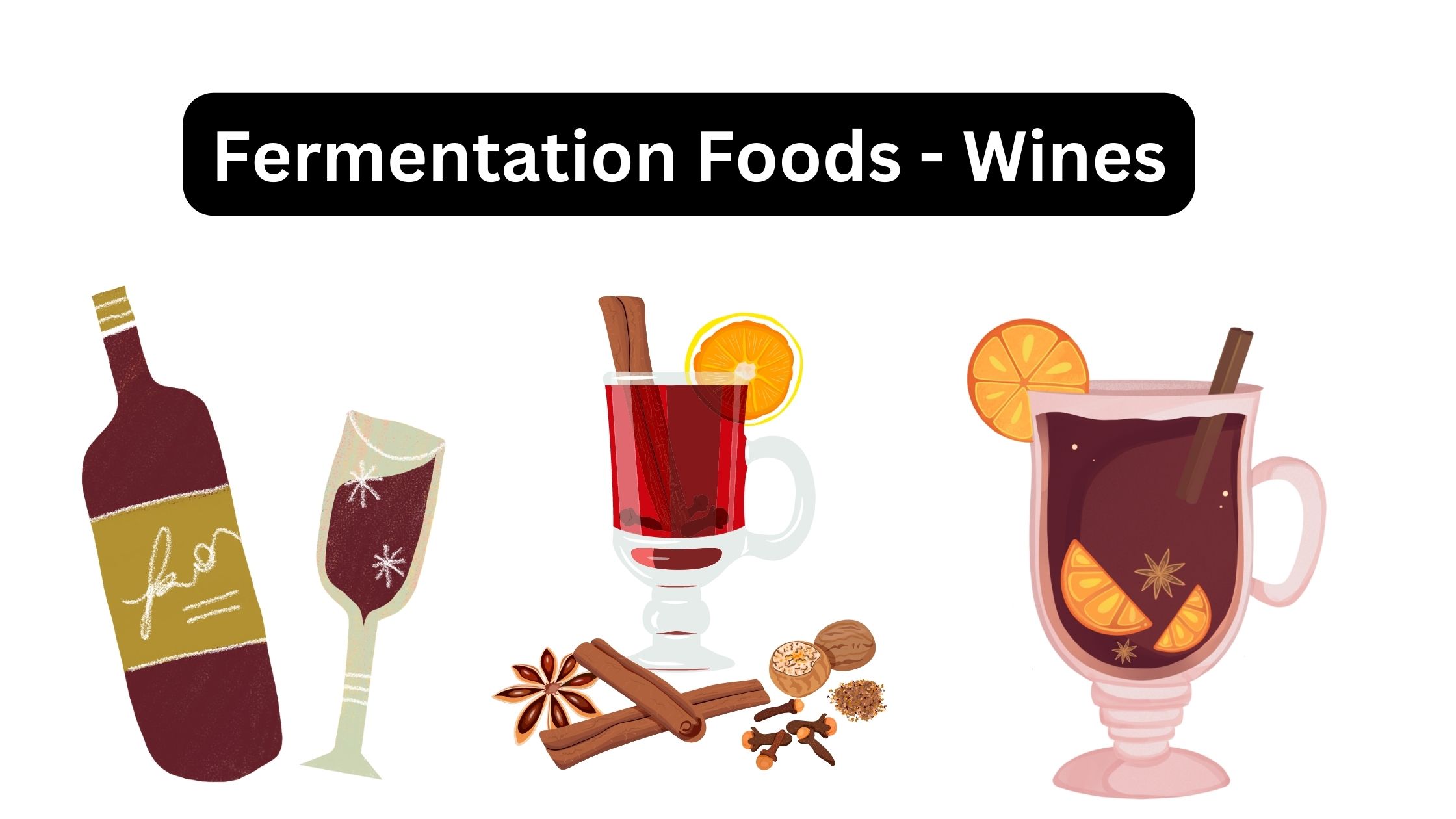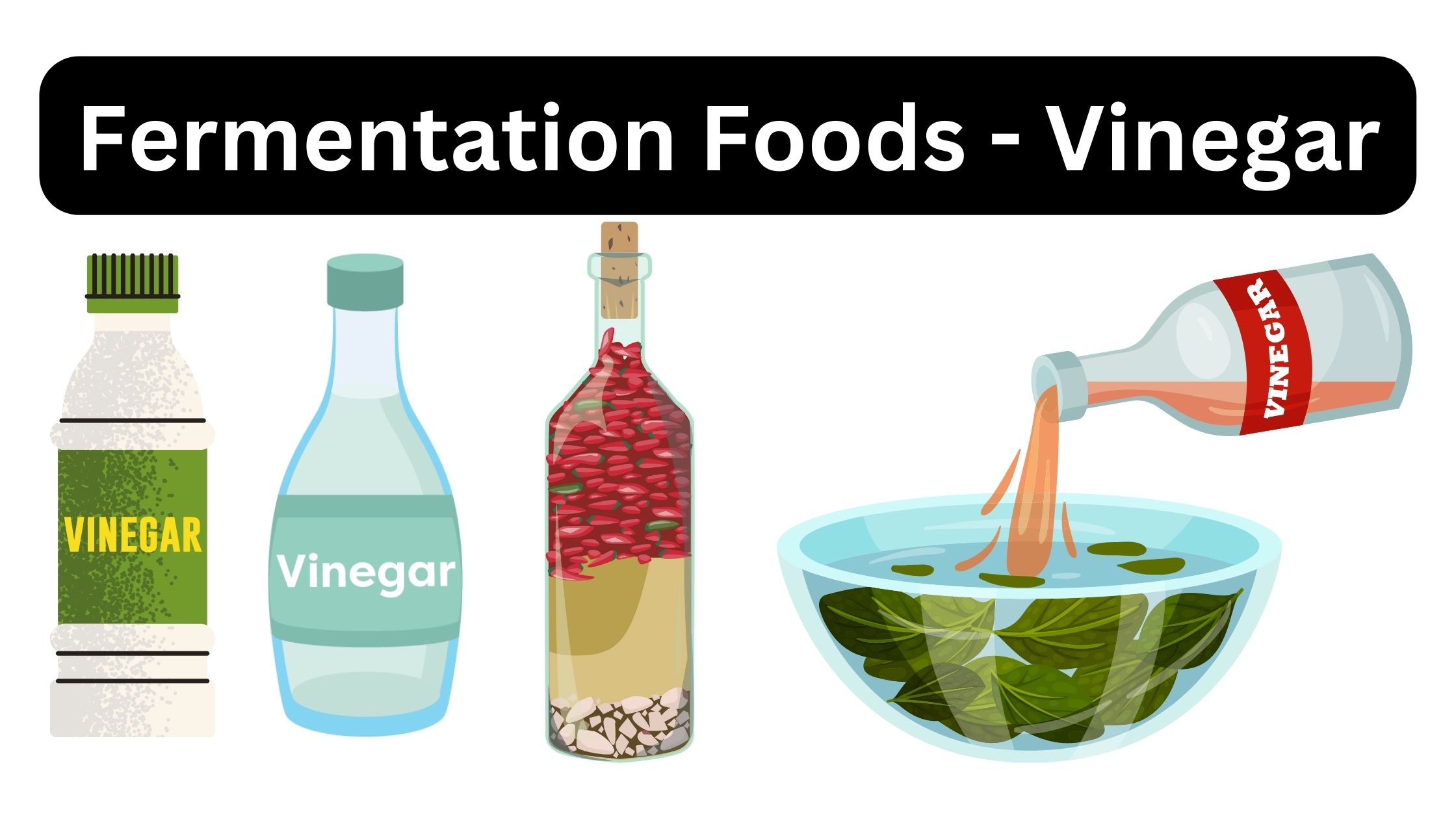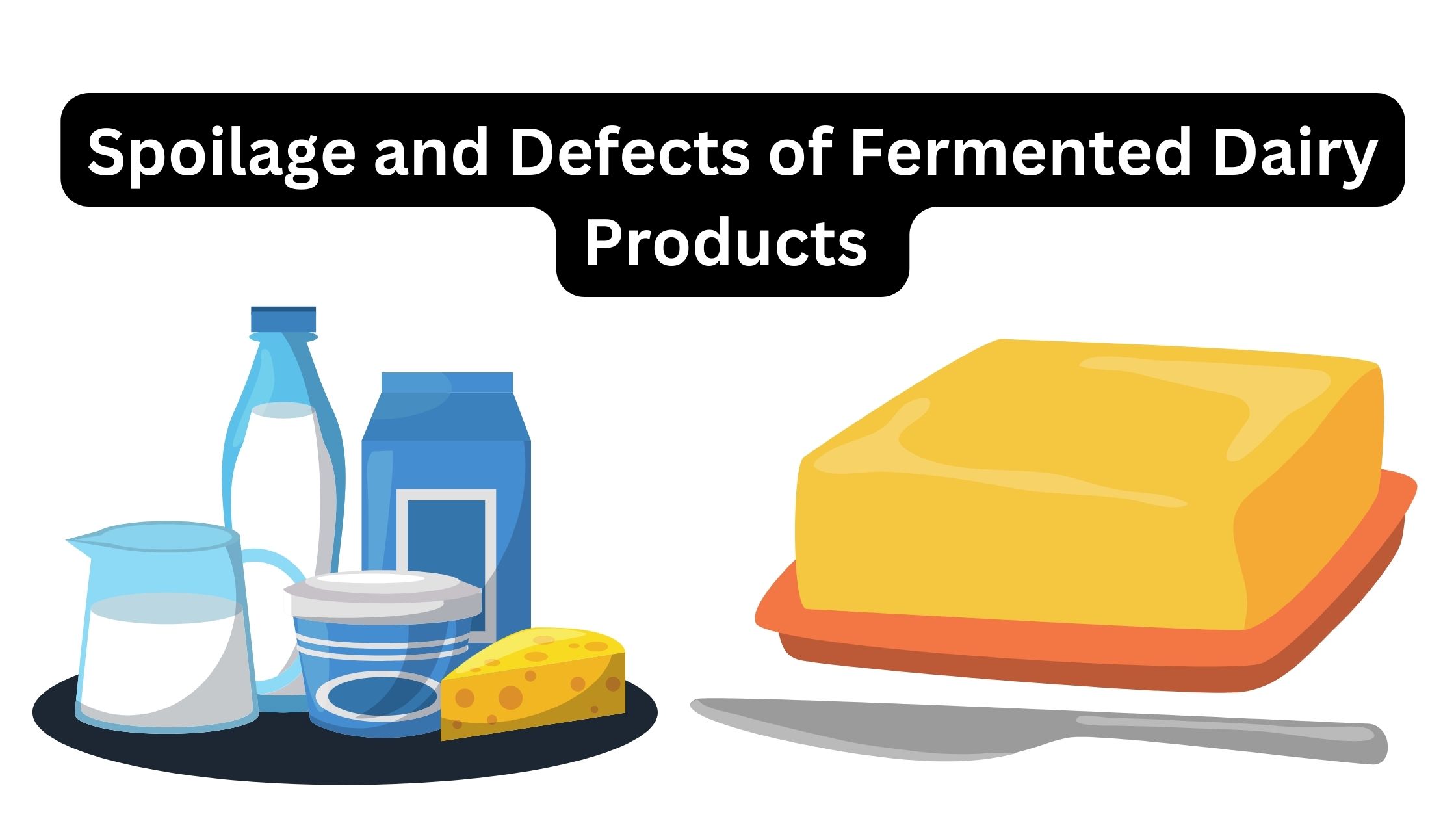High-Pressure Processing (HPP) – Dfinition, Principle, Process, Applications
What is High-Pressure Processing (HPP)? When was High Pressure Processing invented? High Pressure Processing (HPP) was invented in June 1899 by Bert Holmes Hite, a researcher from the University of West Virginia. Hite demonstrated the inactivation of microorganisms using high hydrostatic pressure, marking the first documented use of pressure as a food preservation method. Following … Read more
